5 Types of Knives Every Kitchen Needs
Living & Lifestyle4 minutes read
4240 views
4240 views
Using the right knife is winning half the battle in the kitchen. While you don’t need a fancy set that will eventually collect dust in your drawer, we believe every home chef should have these knives in his or her arsenal.
1. Chef’s Knife
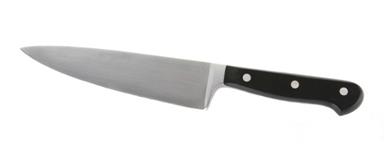
If you have money for only one knife, be sure to invest in a chef’s knife. It’s the workhorse of the kitchen, taking on multiple tasks such as slicing, dicing and mincing. You can also turn it on its sides to crush sturdier items like garlic cloves, ginger and lemongrass. The secret to its versatility lies in its long blade, which usually measures 20cm.
2. Utility Knife
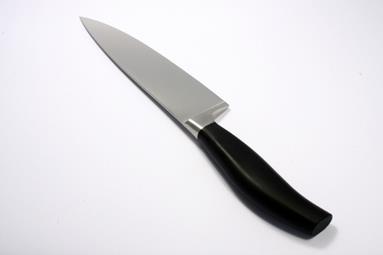
The utility knife – sometimes called a sandwich knife – is a smaller version of the chef’s knife, with a blade that’s typically half as long as its counterpart on the chef’s knife. This makes the utility knife well suited for work that requires more surgical precision such as scoring seafood and cutting delicate fruits and vegetables.
3. Paring Knife
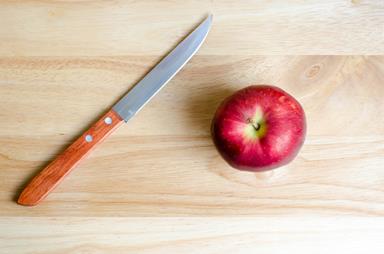
Even smaller is the paring knife, which usually comes with a 7cm blade. You can fit its modest handle comfortably between your thumb and index finger, giving you a large amount of control over a small surface area. The paring knife is commonly used to peel the skins of fruits, remove seeds and stalks and devein prawns.
4. Santoku
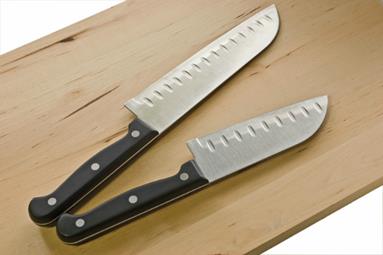
The santoku is the Japanese version of the chef’s knife, meaning it’s also a multi-purpose knife that tackles slicing, dicing and mincing with ease. Its edge, however, is flatter than that of the chef’s knife. Its blade is broader as well, making it more efficient at scooping up chopped ingredients. A variant comes with the Granton blade (pictured above), which features dimples to deter food from sticking to the sides.
5. Bread Knife
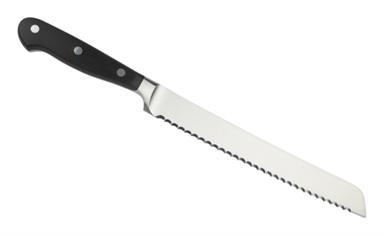
A bread knife – also known as a serrated knife due to its tooth-like blade – lets you saw through crusty breads and pastries without making a mess. Its unique edge also makes it ideal for chewing through the hardy surfaces of tomatoes, pineapples and watermelons. While it’s tempting to use the bread knife on herbs and garlic cloves, its blade is too aggressive for smaller produce.
|
What else to look out for? Stainless steel knives are your best bet when it comes to quality. But if you don’t have the budget to spare, knives that are stamped from a single sheet of steel will do just fine too. Don’t shy away from asking for a bigger knife with a longer blade and slightly more heft if that’s what fits your hands. The key factor is comfort. |
Stone Amperor: 100% Unbiased Advice & The Widest Range of Countertops
Request for quotes and we'll match you with a selection of Interior Designers!
Previous
5 Essential Tips for Organising Food in Your Fridge


 Sign Up with Google
Sign Up with Google

.jpg)
